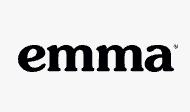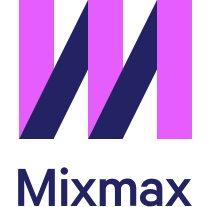Mailchimp vs ClickFunnels
Hyperise integrates with 100's of sales and marketing tools, many of which are in the Email Marketing category. With so many to choose from it's sometimes hard to know which is best, but don't worry, we've got your covered.
In this comparison guide we're going to look at the Highlights, Pros, Cons and Pricing of Mailchimp and ClickFunnels. We'll also delve into the details of which offers the best personalization options within Email Marketing, with there respective Hyperise integrations
Mailchimp
Pricing: Mailchimp offers four pricing plans: 1) Free - This plan offers basic email marketing features including up to 2,000 contacts and limited template options. 2) Essentials - Starting at $9.99/month, this plan offers more features such as additional email templates, A/B testing, and the ability to remove Mailchimp branding. 3) Standard - Starting at $14.Vs
ClickFunnels
Pricing: ClickFunnels offers two pricing plans: 1. Standard Plan: $97/month - This plan provides access to all the basic features of ClickFunnels, along with 20 funnels, 100 pages, and 20,000 visitors per month. 2. Platinum Plan: $297/month - This plan includes all the features of the standard plan, plus unlimited funnels, pages, and visitors.
Mailchimp vs ClickFunnels Highlights
Mailchimp and ClickFunnels are two popular platforms used for different purposes.
Mailchimp is primarily an email marketing platform that helps businesses manage and automate email campaigns, track subscriber engagement, create landing pages, and build marketing funnels. It offers features like email campaign templates, segmentation, A/B testing, and analytics reporting. Mailchimp is suitable for those who need a powerful email marketing tool with CRM capabilities.
On the other hand, ClickFunnels is designed specifically for building sales funnels and landing pages. It is an all-in-one marketing tool that offers features such as drag-and-drop page builder, funnel templates, upsell and downsell pages, membership site creation, and email autoresponder integration. ClickFunnels is ideal for businesses that prioritize sales and want to streamline their sales processes.
The primary difference between Mailchimp and ClickFunnels is their core purpose. While Mailchimp focuses on email marketing and CRM, ClickFunnels is dedicated to building sales funnels and landing pages. Additionally, ClickFunnels provides more robust sales funnel management features, while Mailchimp offers a wider variety of email marketing automation features. Ultimately, the choice between Mailchimp and ClickFunnels depends on your business needs and priorities.
Mailchimp vs ClickFunnels Pros
Mailchimp Pros
- Pros for MailChimp over ClickFunnels:
- Free Plan: MailChimp offers a free plan, whereas ClickFunnels doesn't have a free plan.
- Email Marketing Tools: MailChimp is primarily an email marketing platform, so it has a more robust set of email marketing tools than ClickFunnels.
- User-Friendly: MailChimp has a user-friendly interface, making it easier for users to manage their email marketing campaigns.
- Integrations: MailChimp has more integrations than ClickFunnels, making it easier to connect with other tools and platforms.
- Automation: MailChimp has a more robust automation suite than ClickFunnels, making it easier to set up complex workflows that trigger based on subscriber behavior.
- Affordable Pricing: MailChimp's pricing plans are more affordable than ClickFunnels, making it easier for small businesses and startups to get started with email marketing.
- A/B Testing: MailChimp offers A/B testing for subject lines, email content, and other important metrics, whereas ClickFunnels doesn't have A/B testing.
ClickFunnels Pros
- ClickFunnels is designed specifically for creating sales funnels, while Mailchimp is an email marketing platform.
- ClickFunnels offers pre-built funnel templates that are easy to customize, while Mailchimp only offers basic landing page templates.
- ClickFunnels integrates with many third-party applications, such as Stripe and PayPal, for seamless payment processing, while Mailchimp only integrates with a few select payment providers.
- ClickFunnels provides a more comprehensive set of marketing tools beyond email, including social media and SMS marketing, affiliate tracking, and automation, while Mailchimp primarily focuses on email marketing.
- ClickFunnels has a more user-friendly drag-and-drop interface for building sales funnels, while Mailchimp can require more technical knowledge to design and implement.
- ClickFunnels has a higher price point but includes more features, while Mailchimp offers a free plan and affordable pricing tiers for small businesses.
Mailchimp vs ClickFunnels Cons
Mailchimp Cons
- Mailchimp's landing page builder is very limited compared to ClickFunnels
- ClickFunnels offers more customization options for email templates and campaigns
- ClickFunnels offers a built-in affiliate program and more advanced funnel features, while Mailchimp does not
- Mailchimp can be more expensive for larger lists and advanced features
- ClickFunnels offers better integration with other marketing tools and platforms, such as CRMs and payment gateways
- Mailchimp's automation and segmentation features may not be as advanced as ClickFunnels
- ClickFunnels offers more extensive customer support options compared to Mailchimp
ClickFunnels Cons
- Limited email marketing features: ClickFunnels is primarily a sales funnel building tool and lacks the robust email marketing features that Mailchimp offers.
- Limited integrations: ClickFunnels has limited integrations with third-party tools while Mailchimp offers a wide range of integrations.
- Higher cost: ClickFunnels can be expensive for small businesses, especially when compared to Mailchimp's cheaper pricing plans.
- Steep learning curve: ClickFunnels has a steeper learning curve and can be challenging to use for beginners.
- Limited customization options: ClickFunnels has limited customization options compared to Mailchimp, where you can customize email templates and landing pages to your liking.
- Limited tracking capabilities: ClickFunnels lacks advanced tracking features, which makes it difficult to track customer behavior and engagement compared to Mailchimp.
Mailchimp & ClickFunnels Hyperise Integrations
Mailchimp uses the HTML code embed method to integrate with Hyperise, giving a simple way to add personalized images to your messages.
Mailchimp makes the following data points available to Hyperise, to enable personalization in images used in outreach and linked out to your personalized website landing pages.
- Using business Email passed from Mailchimp, Hyperise is able to enrich business logo and website screenshots. In some cases, with a business Email we're also able to enrich profile images, subject to the business email having a publicly available profile.
Mailchimp Integration Guide
ClickFunnels uses the Image embed method to integrate with Hyperise, giving a simple way to add personalized images to your messages.
ClickFunnels makes the following data points available to Hyperise, to enable personalization in images used in outreach and linked out to your personalized website landing pages.
- Using business Email passed from ClickFunnels, Hyperise is able to enrich business logo and website screenshots. In some cases, with a business Email we're also able to enrich profile images, subject to the business email having a publicly available profile.
- Street
- City
- State
- Zip
- Country
ClickFunnels Integration Guide
 vs
vs 


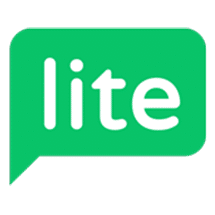

 vs
vs  vs
vs  vs
vs  vs
vs  vs
vs  vs
vs  vs
vs  vs
vs  vs
vs  vs
vs  vs
vs  vs
vs  vs
vs  vs
vs  vs
vs 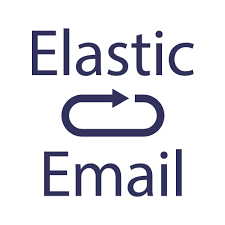 vs
vs 
 vs
vs  vs
vs 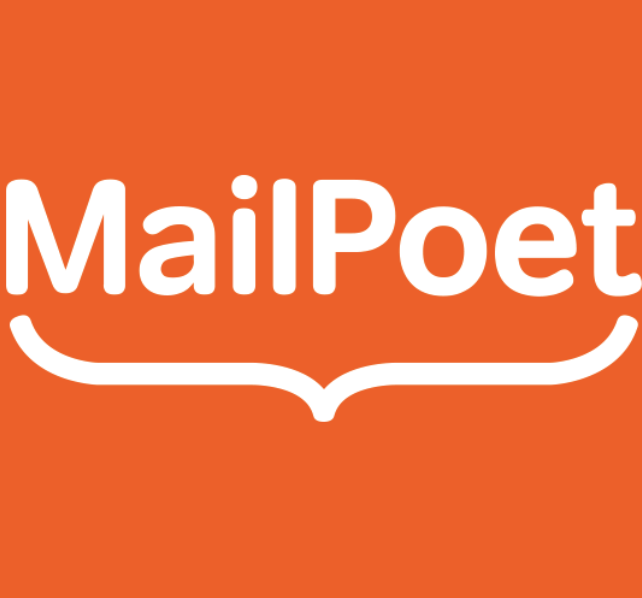 vs
vs  vs
vs  vs
vs  vs
vs 


 vs
vs  vs
vs  vs
vs  vs
vs  vs
vs 





 vs
vs  vs
vs 
